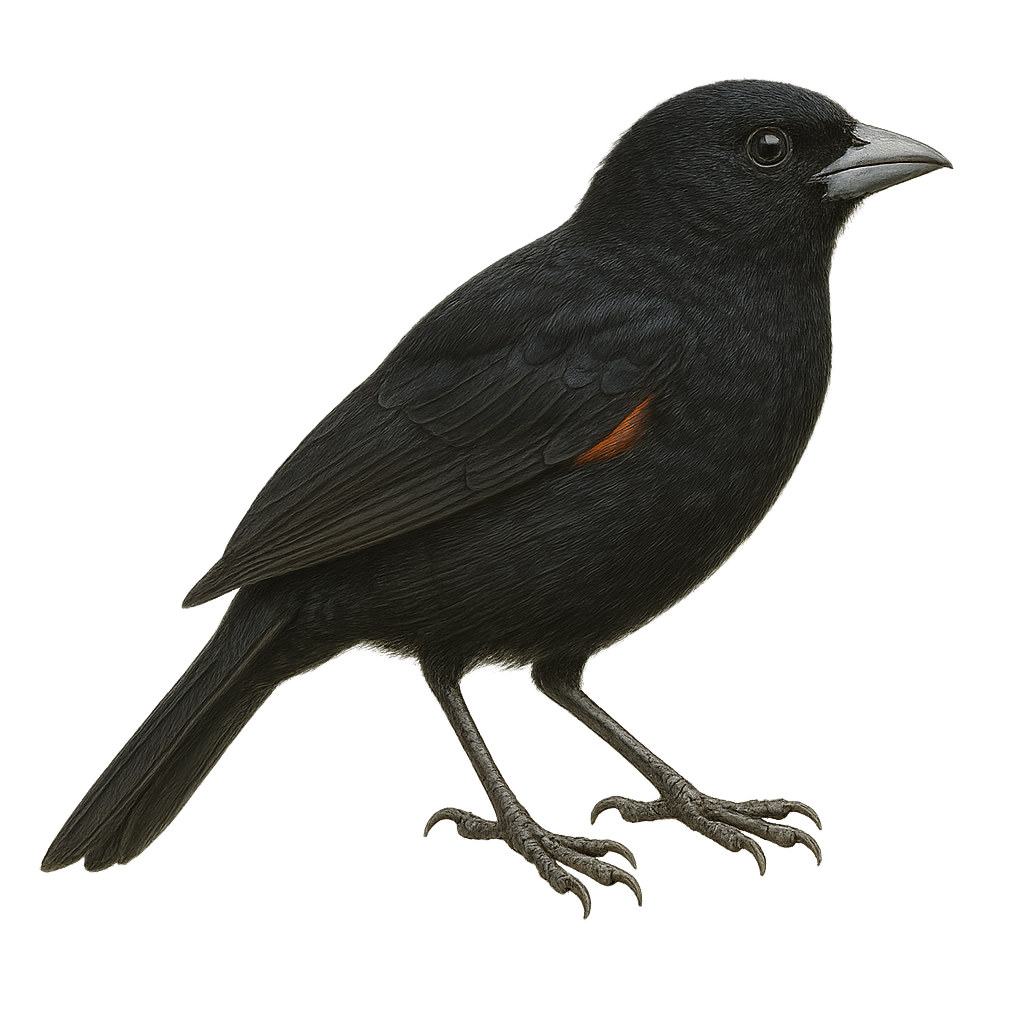Your wildlife photography guide.
Explore the red-crowned ant-tanager in detail, study its behavior, prepare your shots.
Where to observe and photograph the red-crowned ant-tanager in the wild
Learn where and when to spot the red-crowned ant-tanager in the wild, how to identify the species based on distinctive features, and what natural environments it inhabits. The WildlifePhotographer app offers tailored photography tips that reflect the red-crowned ant-tanager’s behavior, helping you capture better wildlife images. Explore the full species profile for key information including description, habitat, active periods, and approach techniques.
Red-crowned Ant-Tanager
Scientific name: Tachyphonus phoenicius

IUCN Status: Least Concern
Family: THRAUPIDAE
Group: Birds
Sensitivity to human approach: Suspicious
Minimum approach distance: 10 m
Courtship display: November to December
Incubation: 13-14 jours
Hatchings: November to January
Habitat:
Tropical rainforests, forest edges, shrublands
Activity period :
Primarily active during the day, with peak activity in the morning and late afternoon.
Identification and description:
The Red-crowned Ant-Tanager, Tachyphonus phoenicius, is a medium-sized bird known for its striking red head contrasting with its brownish body. It primarily inhabits the humid tropical forests of Central and South America. Often seen in small groups, this bird feeds on insects and fruits. Its melodious song and vibrant colors make it a favorite among birdwatchers. Although relatively common, its population is threatened by deforestation. Preserving its natural habitat is crucial for its survival. The Red-crowned Ant-Tanager plays a vital role in seed dispersal, contributing to the health of forest ecosystems.
Recommended lens:
400 mm – adjust based on distance, desired framing (portrait or habitat), and approach conditions.
Photography tips:
To photograph the Red-crowned Ant-Tanager, it is advisable to use a telephoto lens of at least 400mm to capture detailed images without disturbing the bird. Look for it in tropical rainforests, especially near the edges where it is more active. Be patient and discreet, as this bird can be suspicious. Use a tripod to stabilize your camera and aim for early morning hours to take advantage of the best natural light.
The WildlifePhotographer App is coming soon!
Be the first to explore the best nature spots, track rutting seasons, log your observations, and observe more wildlife.
Already 1 432 wildlife lovers subscribed worldwide

